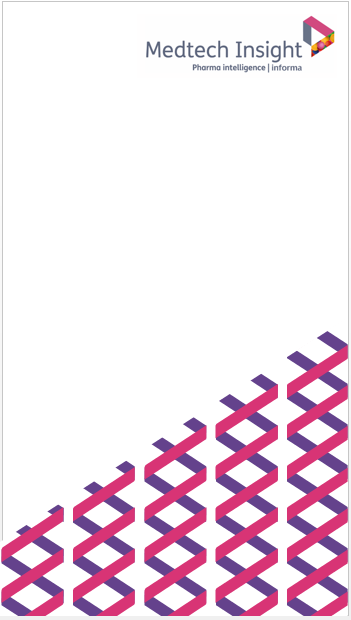Report Detail

Purchase Price: $4,750.00
Opportunities in U.S. Gynecological Medicine Markets
Products used in the diagnosis and treatment of noncancerous gynecological conditions represent a major, dynamic, and rapidly growing market in the U.S. Total sales of drugs and devices used for the treatment of incontinence, osteoporosis, and the management of reproductive and benign uterine conditions totaled $4.73 billion in 1999. Eighty-eight percent of sales were for pharmaceuticals, predominantly hormones used for contraception, infertility, and as replacement therapy. Twelve percent, or $561 million, was spent on devices including bone densitometry systems, office-based ultrasound systems, contraceptive
devices, stress incontinence surgery accessories, bulking agents, urodynamic systems, hysteroscopes and accessories and, global endometrial ablation (GEA) systems.
Driven by the aging of the female population in the U.S., growth prospects in almost all product categories are excellent. Significant increases are expected in incontinence and osteoporosis caseloads during the forecast period covered by this report; in addition, new options will be introduced for the management of contraception, infertility, incontinence, and benign uterine conditions that affect adult women of all ages. New pharmaceutical compounds will experience the greatest gains in three of the four major market segments—osteoporosis, incontinence, and reproduction—based on their application to broad population
segments. Device markets are also forecast to enjoy significant gains, especially stress incontinence surgery products, bulking agents, nerve stimulators, urethral prostheses and inserts, GEA systems, and hysteroscopic fluid management systems. Total product sales are expected to increase at a compound annual growth rate of 21.4% through the year 2004 to approximately $12.5 billion. This represents an increase from approximately $46 in sales per female 15 years of age and over in 1999 to approximately $114 per female in the year 2004. Exhibit ES-1 presents the market forecast for gynecologic drugs and devices for the years 1998 through 2004 by major product category.

